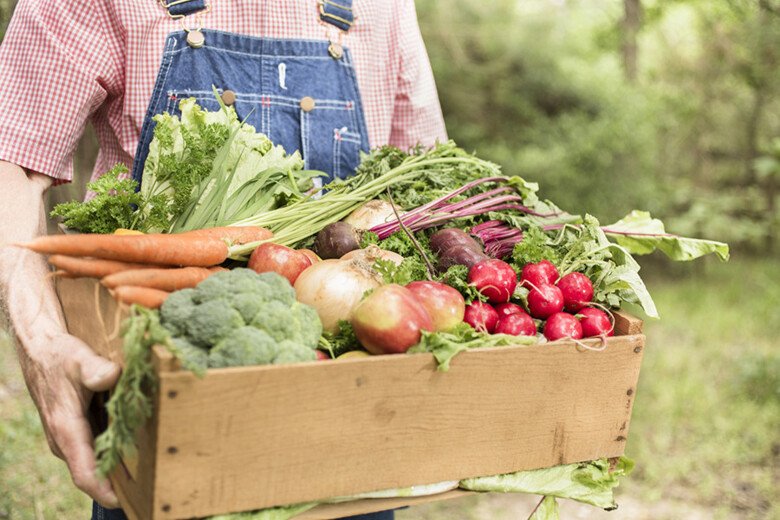More material for 4NT021
The course literature consists of scientific articles and reports that will be provided electronically when the course starts. Below is a collection of useful links and resources that relates to some of the areas that will be discussed in the course.
An overview of how evidence within the area of nutrition is evaluated and graded is described for example in "Judging the evidence" published by The World Cancer Research Fund/American Institute for Cancer Research. Different study designs, important concepts within nutritional epidemiology and principles of weighing the evidence presented in this report will also be dealt with in the course, together with additional material. Additional material about systematic reviews, meta-analyses and the GRADE system is for example found in the Cochrane handbook for systematic reviews. The Nordic Nutrition Recommendations 2023 (NNR2023) has also developed a Handbook for qualified systematic reviews within the area of nutritional epidemiology.
An example of nutrient recommendations is the Dietary Reference Values published by the European Food Safety Agency (EFSA). Scientific opinions are also given for the different nutrients, including overviews of all major macro- and micronutrients, which may be useful if you need to update your knowledge in these areas. Of particular relevance for this course are nutrients prevalent in meat and seafood, such as protein, iron, B12, omega-3 fatty acids, iodine and selenium, since the nutritional and health aspects of reducing and replacing these foods will be discussed in the course. The British Nutrition Foundation also provide easily accessible and practical information about nutrients and their sources in the food.
In 2023, the Nordic Nutrition Recommendations 2023 (NNR2023) was launched, with updated nutrient recommendations as well as food-based dietary guidelines, taking the population’s food habits and disease risks into consideration. The NNR2023 also presents updated summaries of the evidence behind associations between intake of different food groups and risk of non-communicable diseases. Background articles for each chapter are also published. Regarding cancer, you can also find Interactive Cancer Risk Factor Matrix presented by the Word Cancer Research Fund International.

Food-based dietary guidelines for many of the countries in the world can also be found at The Food and Agriculture Organization of the United Nations. At the WHO website you also find many topics related to nutrition from a global perspective.
Food and nutrition relate to many of the United Nations Sustainable Development Goals. The course content will be related to some of these goals, and the integration and implementation of sustainable aspects is also an important part of the NNR2023.
Environmental impacts of different diets and food groups will be discussed in depth in the course. The new NNR2023 takes environmental aspects into account and represent a comprehensive overview also of this area. Data on environmental impact of the production and consumption of different foods is also presented in interactive charts on the website Our World in Data. Regarding seafood, The World Wild Fund, for example, has developed seafood guides, as a help for a consumer to choose sustainable options.
In this course, and in the whole programme, you will also train your skills in scientific writing. The Karolinska Institutet University Library (KIB) provides useful resources for this, see the example above (including instructional videos).
